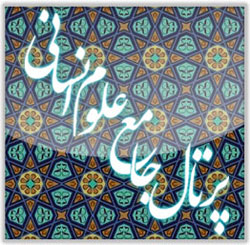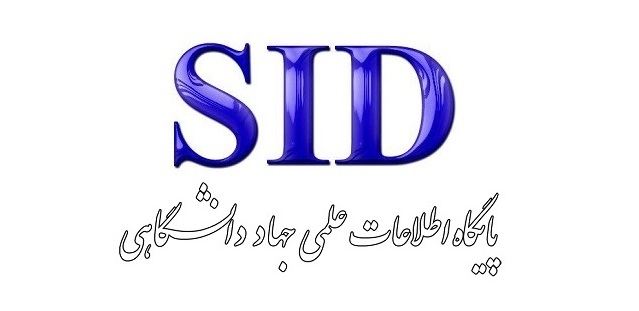Manifestations of the Tress in the Poetry of Forṣat al-Dawla Shirazi and Ne‘mat Fasāʾi
Keywords:
The effects of Zulf, the opportunity of Shirazi, Nemat Fasai, mystical, romanticAbstract
The present study examines the manifestations of the tress in the divans of two prominent poets of the Qajar era, Mirza Hosseini Forṣat al-Dawla Shirazi and Mirza Mohammad Hosseini Ne‘mat Fasāʾi. The concept of the tress, in addition to its literal and lexical meanings, carries metaphorical and symbolic connotations. The use of the tress in mystical literature describes divine beauty, as well as the beloved’s beauty and romantic themes. The primary objective of this research is to elucidate the perspectives of these two poets regarding the mystical term "tress" during the period of literary return and to analyze the similarities and differences in their viewpoints on the use of this term. This study compiles various manifestations of the tress from the perspectives of these two major Qajar-era poets, Forṣat and Ne‘mat, employing a descriptive-analytical approach. The term "tress" appears 142 times in Forṣat’s divan and 263 times in Ne‘mat’s divan. Both poets were influenced by great literary figures such as Hafez and Sa‘di and were familiar with the teachings of the Khorasani and Baghdadi literary schools. The findings of this research present the interpretations and meanings of the tress in the divans of these two poets, accompanied by examples and analyses.
Downloads
References
1. Gholizadeh H. Hair and Its Mystical and Romantic Interpretations in Persian Poetry. Journal of the Faculty of Literature and Humanities. 2004;47(192):149-90.
2. Hasanli K. The Flowing Locks of Hafez: Selected Verses on Hair in Connection with Mysticism. Persian Language and Literature Journal. 2004;12(45):107-27.
3. Zibaei Nejad M. A Comparative Analysis of "Zolf" (Locks of Hair) in Mystical Terminology. Islamic Mysticism. 2010;7(25):155-80.
4. Sayad Kouh A, Rahimian A. The Connection Between Hair, Heart, and Its Artistic Functions in Hafez's Divan. Poetry Research Journal. 2013;5(2):61-82.
5. Talebian Y, Jafari Z. An Archetypal Analysis of the Simile of Hair as a Snake and a Healing Place in a Verse from Hafez's Divan. Journal of Mystical Literature and Mythology. 2013;9(30).
6. Ghaffari Jahed M, editor Descriptions of Hair in Persian Literature, Focusing on the Poetry of Rudaki, Saadi, and Saeb. First International Conference on Literature, Linguistics, and Humanities; 2023: Hakim Sabzevari University.
7. Forsat Shirazi MiNiJ. The Divan of Forsat. Tehran: Cyrus Bookstore; 1955.
8. Sajjadi J. A Dictionary of Sufi Terms, Expressions, and Interpretations. Tehran: Tahoori.
9. Shabestari M. Golshan-e Raz. Tehran: Tahoori; 1977.
10. Dezfulian K. A Commentary on Golshan-e Raz: Talabieh; 2003.
11. Khatmi Lahori ARiS. A Mystical Commentary on the Ghazals of Hafez. Tehran: Qatreh; 2002.
12. Ne'mat Fasai MiZa-A. The Divan of Ne'mat Fasai. Shiraz: University Press; 1990.
13. Nourbakhsh J. Nourbakhsh's Dictionary. Tehran: Nematollahi Sufi Order; 1987.
14. Bakhzari YiA. Awrād al-Ahbāb wa Fuṣūṣ al-Ādāb: Farhang-e Iran Zamin; 1979.








